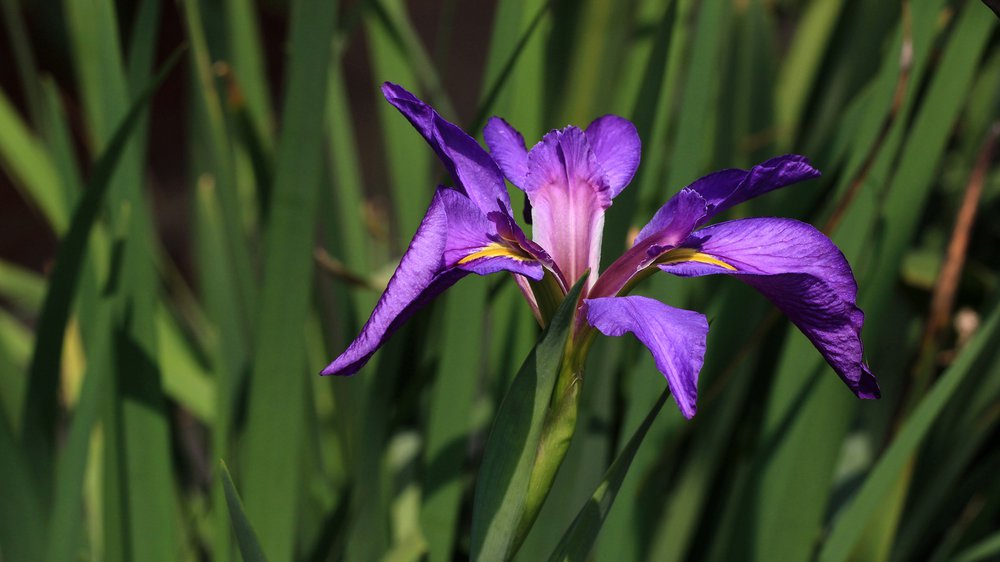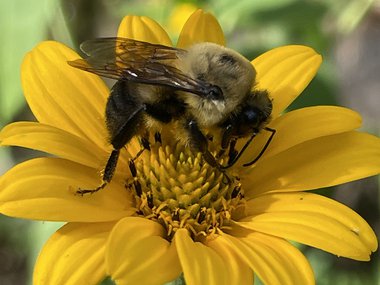An IRIS-istible Honor
Pop quiz time! What’s Virginia’s official state flower? Hint: it’s the same as its tree. Yep, that’s right, the flowering dogwood claims the top spot as flower and tree. #overachiever
Perhaps that one was easy for you so here’s another: what’s the official flower of the City of Richmond? If you’re saying to yourself, “Richmond has an official flower?!” welcome to the club! We didn’t realize that either until RICtoday recently shared that news with readers. So, what’s your guess? Hint: it’s not the flowering dogwood! No, according to Code 1993, § 2-3, Richmond’s city flower is the iris.

The one-sentence ordinance doesn’t have much detail: “The flower known by the botanical name of ‘Iris’ is hereby declared to be the City flower, and the flower, as such, may be displayed in the parks of the City, public and private, and otherwise appropriately used as such.” We’re not sure why city council recognized that specific flower, but the declaration piqued our interest. In an effort to be well-informed Richmonders, we’re digging into some science related to our favored flower.
Named after the Greek goddess of the rainbow and messenger of the gods, humans have been breeding and hybridizing irises for hundreds of years. The iris has been a symbol throughout human history. Some even say the famous fleur de lis, known in the US as the quintessential mark of New Orleans, is a stylized version of an iris. Closer to home, Thomas Jefferson noted their blooms on the first page of his Garden Book.
In the cutthroat competition of flower pollination, the iris expends its energy to create a fantastic flower that not only attracts pollinators but dazzles humans. What most people would call simply petals actually fall into two types of colorful flower parts on irises: petals and sepals. The three “standards” are upright petals and the three lower “falls” are colorful sepals that curve downward.
Irises fall into several groups, among them are mustache, goatee, handlebar … just kidding! All joking aside, some irises really do have beards. Bearded irises have hairs running the center of their falls, while beardless–as the name suggests–are clean shaven!
Iris is the largest genus of the family Iridaceae. With approximately 280 species of iris in the world, you can find its flower in just about every color, and they come in a variety of patterns.
While city council didn’t specify which type of iris is the official city version, with four native irises indigenous to the Richmond region, we suspect it’s one of these:
- Iris cristata, commonly called the dwarf crested iris for its lower-to-the-ground height, can be found in forests and along stream banks.
- Iris prismatica, known as either the slender blue iris or slender blue flag, prefer wet areas and are located mostly south of the James River.
- Iris verna, or the dwarf iris, is another low-growing variety that still sports a large flower. It can be found in forests, clearings and along roadsides.
- Iris virginica, called Virginia blue flag or southern blue flag, prefer wet and swampy areas.
So there you go: a quick tutorial on Richmond’s official flower. Isn’t learning about native plants IRIS-istible?!


